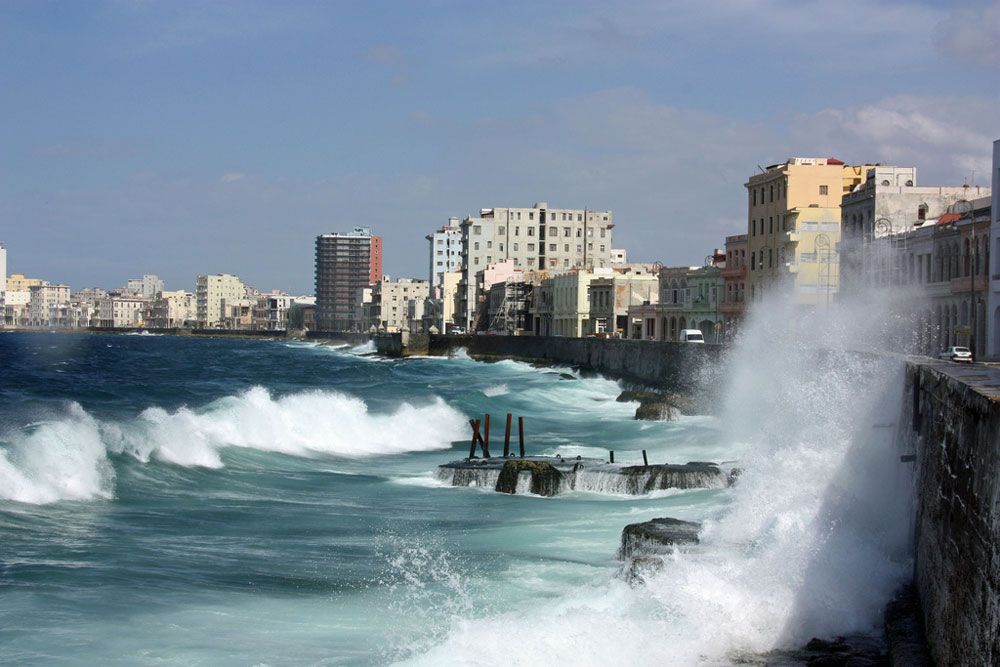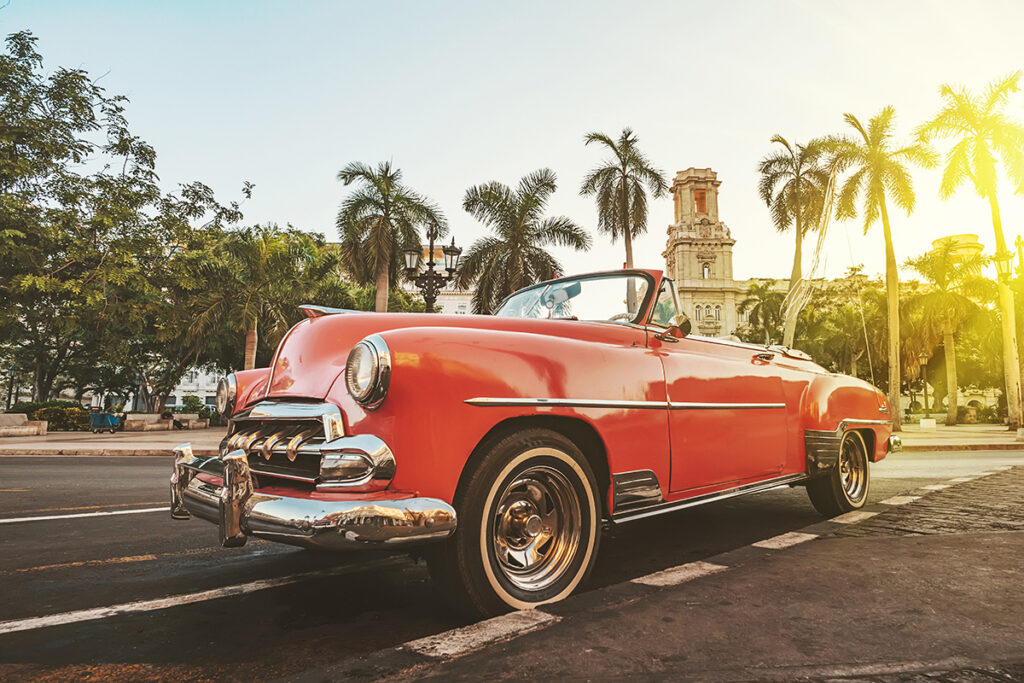1. Nuclear weapons: The Soviet Union moved more than 150 nuclear weapons to Cuba during the Cuban Missile Crisis (October 14-28, 1962)
2. Hitchhikers: All government vehicles in Cuba are required by law to pick up all hitchhikers
3. Coca-Cola: There are only 2 countries in the world that are officially banned from selling Coca-Cola; North Korea and Cuba
4. CIA and Castro: Before 1960, the CIA had a number of plans to damage Fidel Castro’s image. These included poisoned cigars and depilatories in shoes, both of which would cause Fidel Castro’s beard to fall off. Another plan was to poison the air of a radio station with chemicals that would produce LSD-like effects on Castro during airtime
5. Twitter clone: The US government created a clone of the social media site Twitter for Cubans in 2011

Fact: The classic American cars (so-called ‘yank tanks’) are very common in Cuba because the trade embargo with the US in 1960 meant that new car imports have been closed since then
6. Shaving: Fidel Castro has stated that he “has saved 10 working days per year because he hasn’t bothered to shave”
7. Mobile phones: Cubans were banned from owning cell phones until 2008
8. Cigars: US President John F. Kennedy bought 1,200 Cuban cigars just before signing the trade embargo with Cuba in 1960
9. Monopoly: When Fidel Castro took power in Cuba on February 16, 1959, he immediately ordered the destruction of all Monopoly board games
10. Balloon: A man left the Cuban capital Havana in 1856 in a hot air balloon and has been missing ever since

Fact: Cuba’s capital, Havana, is home to 2.1 million inhabitants and is the country’s largest city





